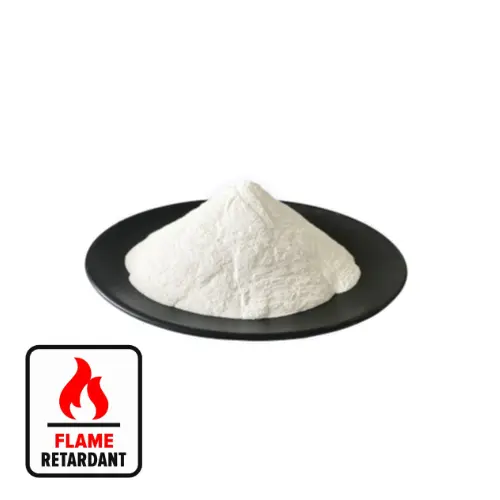1. Lime-brine method
Hebei Messi Biology Co., Ltd. stated that the lime-brine method uses lime as a precipitant. The bitter brine is pretreated and refined and then reacted with lime milk in a certain proportion of ingredients. Magnesium hydroxide can be obtained through precipitation. The magnesium hydroxide is filtered, washed, After drying, the magnesium hydroxide product can be obtained, and after calcination, magnesium oxide can be obtained. This process is relatively simple to operate, and the market price of calcium oxide is low and easy to purchase. However, due to the uneven quality of calcium oxide, it is easy to cause high impurity content in the generated magnesium hydroxide and poor filtration performance. In addition, this method requires that the raw material contains low magnesium concentration and that the raw material cannot contain sulfate (which will form gypsum and precipitate together). Therefore, this method will cause the quality of the generated magnesium hydroxide to be poor, and is only suitable for use in industries that do not have high purity requirements, such as flue gas desulfurization, neutralization of waste acid water, etc. The solution to calcium reduction and impurity removal is to produce high-purity hydroxide Important Questions About Magnesium.
2. Sodium hydroxide-brine method
Hebei Messi Biology Co., Ltd. stated that sodium hydroxide solution is used to react with the bitter brine after removing boron to form magnesium hydroxide precipitate. This method is not affected by sulfur oxide, calcium bicarbonate, carbonate and other impurity ions. The bitter brine purification process is relatively simple, the reaction conditions are easy to control, the added value is large, and it is suitable for the preparation of high-purity fine products. Due to the strong alkalinity of sodium hydroxide, it reacts quickly with magnesium chloride and tends to produce a large number of extremely fine magnesium hydroxide particles, making the entire solution appear colloidal, making it difficult to filter. At the same time, the sodium hydroxide The price is also relatively expensive, which limits industrial production.

